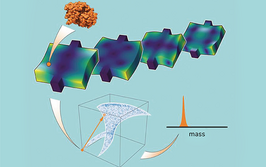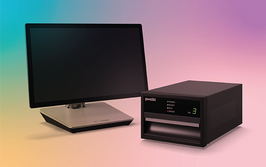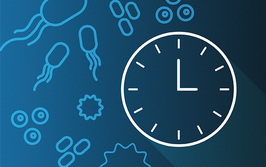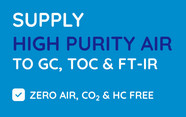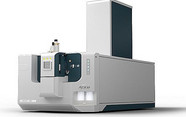Evaluating SPE Cleanups for Tobacco Pesticides via QuEChERS and GCxGC-TOFMS.

contributed by Restek |
Abstract
Tobacco is a high-value production crop for the United States and ranks 6th in the amount of pesticides applied per acre in American agriculture. Even after the processing of tobacco, some pesticide residues remain on the final product. We used the Quick–Easy–Cheap–Effective–Rugged–Safe (QuEChERS) sample preparation approach to isolate residues prior to analyzing pesticides in tobacco. We evaluated the cleanup efficacy and pesticide recoveries for different formulations of QuEChERS dispersive solid phase extraction (dSPE) cleanup and the more traditional cartridge solid phase extraction (cSPE) cleanup. Comprehensive two-dimensional gas chromatography time-of-flight mass spectrometry (GCxGC-TOFMS) was used to determine pesticide residues in the resulting extracts. The results of the cleanup evaluation indicated that the dSPE cleanup formulation with 7.5 mg of carbon (verses 50 mg) provided the best recovery of targeted pesticides. The average recoveries for the 500 ppb spike level and 50 ppb spike level were 92% (13% RSD) and 91% (22% RSD) respectively.
Log in or register to read this article in full and gain access to The Analytical Scientist’s entire content archive. It’s FREE!
